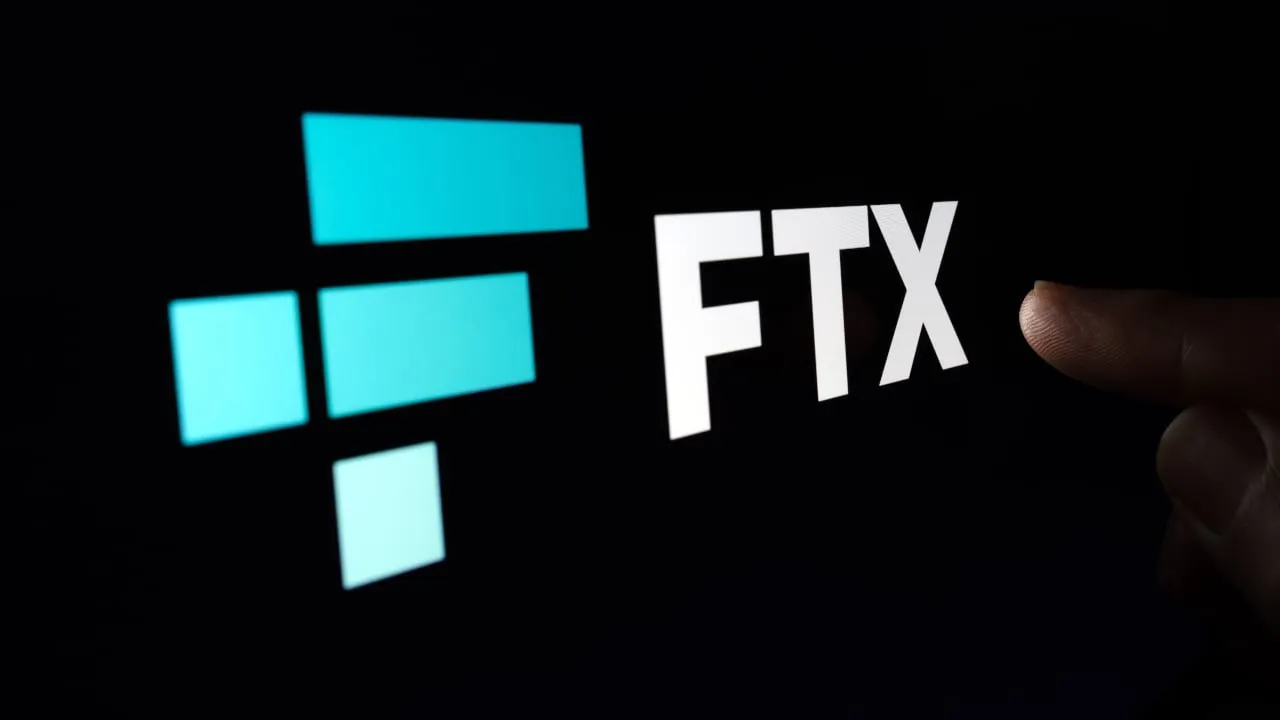We do the research, you get the alpha!
It’s set to be a busy week for FTX’s legal team. The exchange is seeking regulatory approval to liquidate $3.4 billion in crypto assets, and FTX lawyers are also suing LayerZero, an onchain interoperability protocol to recover lost assets to the tune of $21 million.
On September 13, Delaware Bankruptcy Court officials are set to rule on approving a $3.4 billion asset sale submitted by the defunct exchange’s legal team.
The proposal, first outlined in August, would appoint Mike Novogratz’s Galaxy Digital as the investment manager responsible for the sale. According to the plan, FTX would be allowed to sell up to $100 million worth of tokens per week, a limit that could be increased to $200 million on an individual token basis.
As of January 2023, it is estimated FTX’s crypto holdings include $685 million in locked Solana tokens, $529 million in FTT tokens, $268 million in Bitcoin, $90 million in Ethereum, and various other assets including Aptos ($67 million), Dogecoin ($42 million), Polygon($39 million), XRP ($29 million), and stablecoins. An additional $1.2 billion is held in crypto on third-party exchanges.
"Prior similar incidents of large-volume sales, including the recent one by Vitalik Buterin, had a major influence on the cryptocurrency market, and we noticed drawdowns even before the sale began,” Evgen Verzun, Founder of multi-chain asset management platform Kaizen.Finance, told Decrypt. “This time is no different, and I anticipate the market to follow suit: we will see a decline until the selling begins."
At the time of writing, SOL was down 4%, according to CoinGecko. But other market watchers see the sell-off panning out a different way.
“The relevant figure isn't the absolute value of the tokens held, but rather their amount relative to each asset's actively traded volume,” noted crypto market intelligence firm Messari. “While $SOL and $APT have sizable USD figures and relative market volume impacts, these assets are held on the Alameda and venture side of the house and are largely comprised of vesting tokens that are not immediately liquid in open markets.”
That sentiment has been echoed by other market watchers. Crypto Rand, a trader at RR2 Capital, noted that SOL tokens are locked in a vesting schedule until 2025 at the earliest. A potential buyer could pick up the SOL for sale, but would have to abide by the vesting schedule.
“[It] will not have an impact on the short-term price,” they said.
LayerZero Labs Sued
The fortunes of LayerZero, however, seem less clear. The protocol, it has been alleged in court documents filed on Sept. 9 in the United States Bankruptcy Court in the District of Delaware, withdrew $21.37 million from FTX in the weeks leading up to its collapse.
FTX’s lawyers believe the withdrawal was part of an agreement between the exchange and LayerZero that saw Alameda’s venture capital arm pay $70 million in two transactions between January and May 2022 to acquire a 4.92% stake in LayerZero.
FTX alleges the protocol acted in bad faith, and is suing for four counts of fraudulent transfers, four counts of preferential transfers, one count of disallowance of claims and one count of property recovery against LayerZero.
LayerZero reportedly withdrew large sums of APT, AVAX, BNB, BUSD, FTM, MATIC, USDC and USDT from FTX, which lawyers are looking to recover.
The exchange is also seeking to recover $13.07 million from LayerZero’s former chief operating officer Ari Litan, and $6.65 million from a subsidiary, Skip & Goose, after assets were transferred to wallets they controlled.





